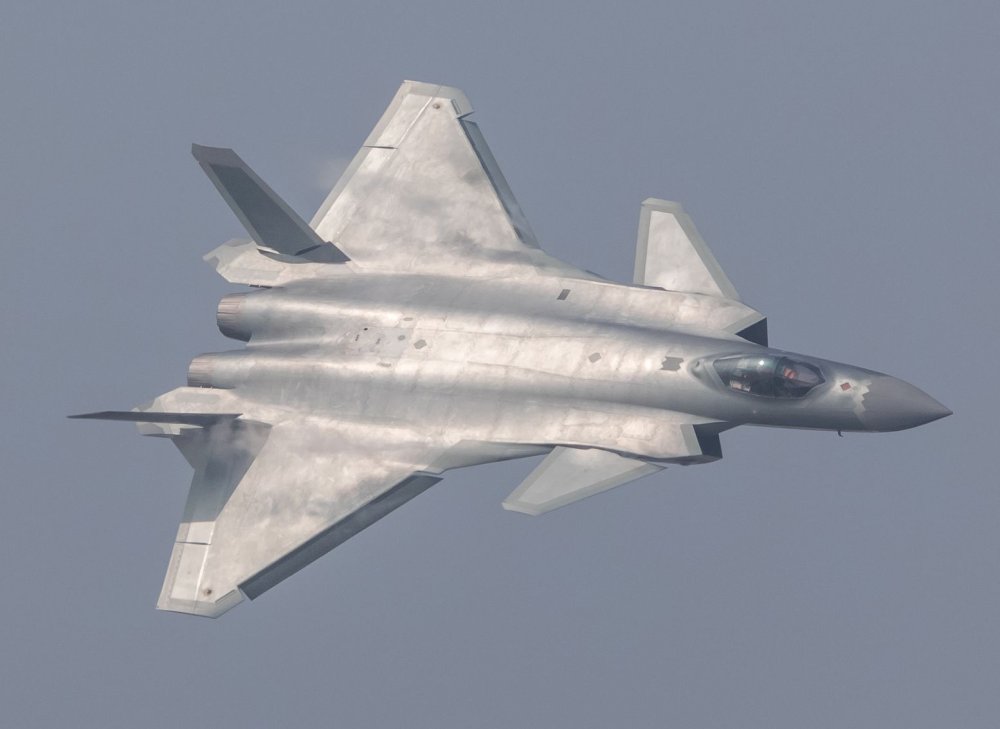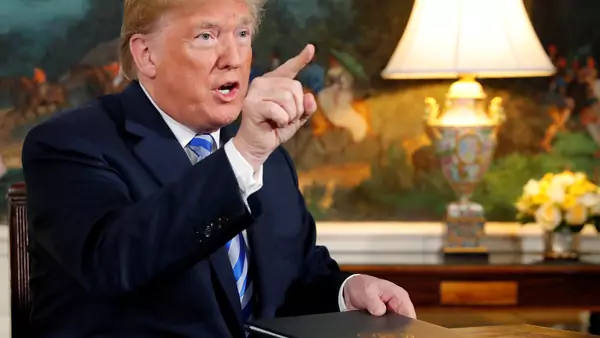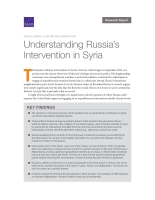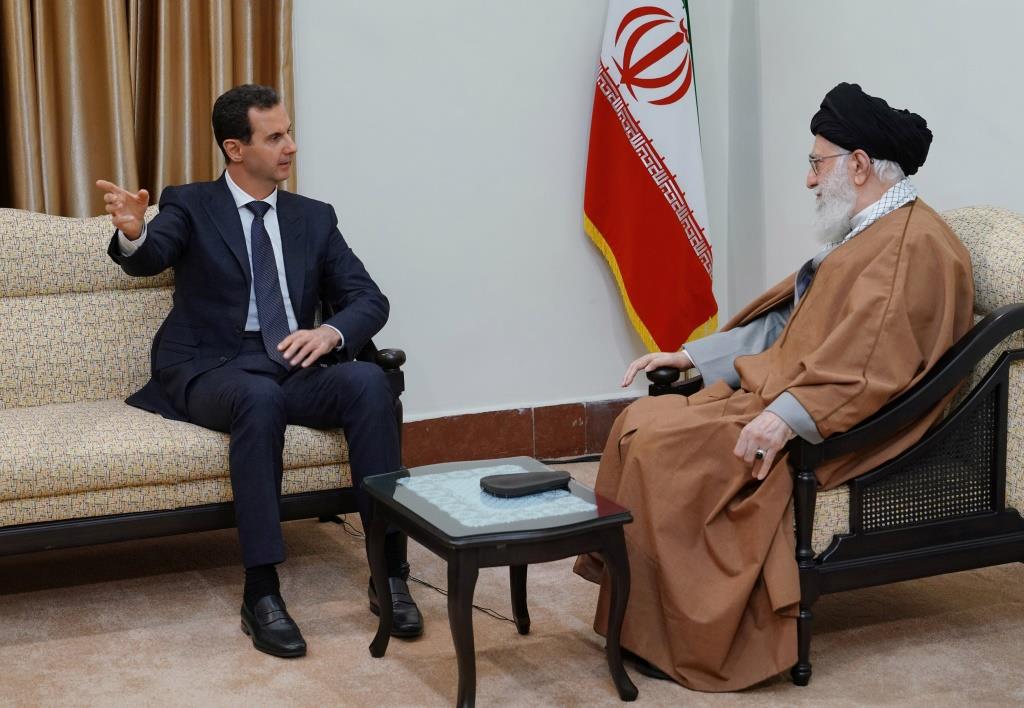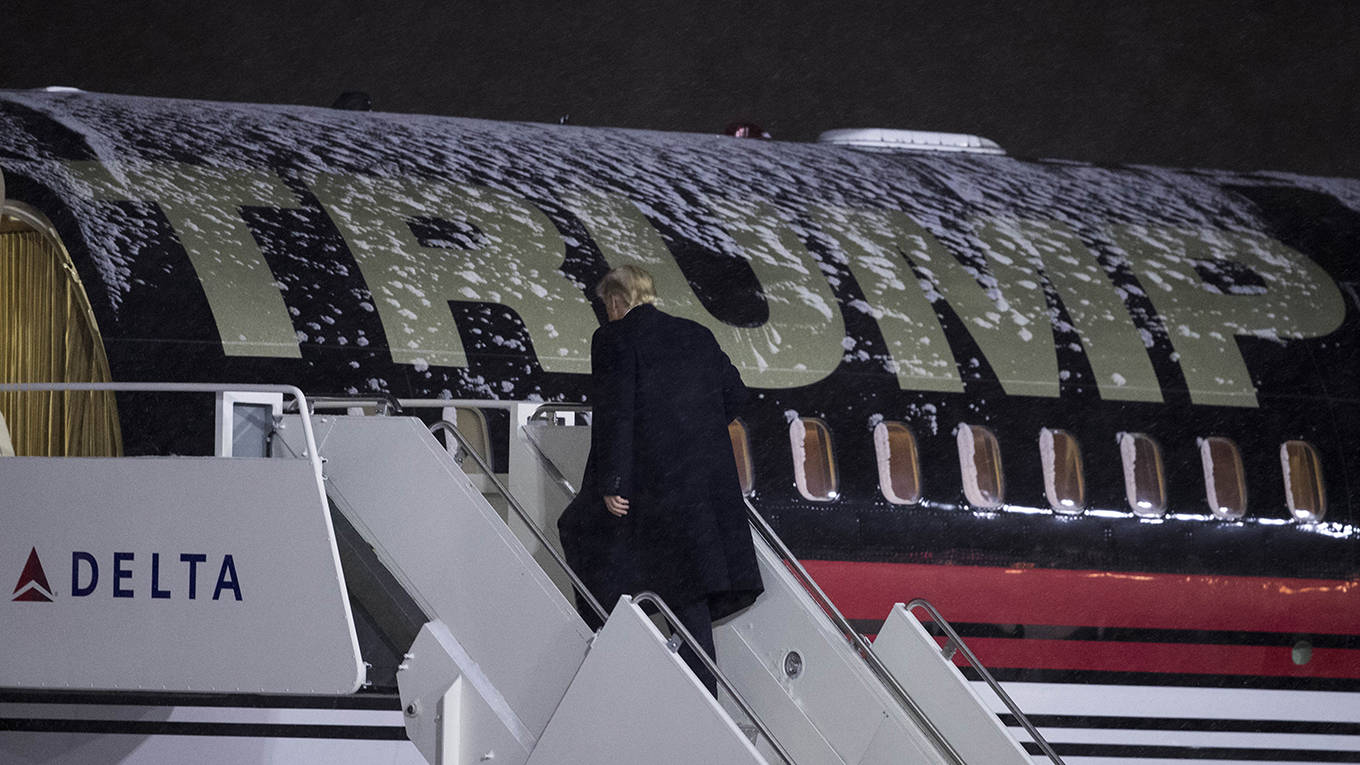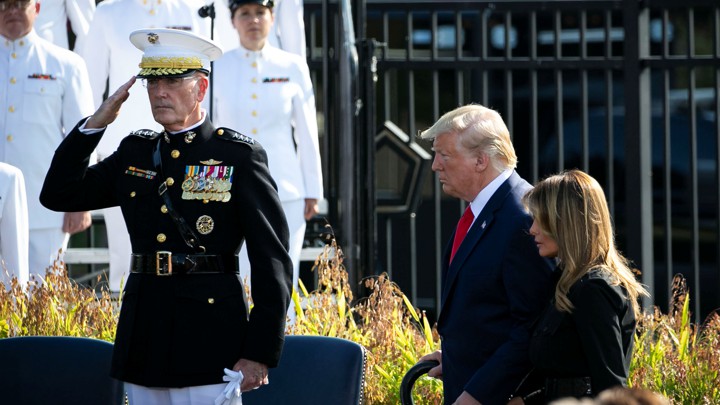SAIKAT DATTA | ANDREW SALMON
 There is now compelling evidence that a shadowy cyber group from North Korea was behind the cyberattack on an Indian nuclear power plant as reported last week, Asia Times has learned. A detailed analysis by South Korean cybersecurity researcher Choi Sang-myeong of Seoul-based Issue Maker Lab shows North Korean fingerprints all over the attack.
There is now compelling evidence that a shadowy cyber group from North Korea was behind the cyberattack on an Indian nuclear power plant as reported last week, Asia Times has learned. A detailed analysis by South Korean cybersecurity researcher Choi Sang-myeong of Seoul-based Issue Maker Lab shows North Korean fingerprints all over the attack.
Issue Maker Lab is a group of experts working in the cyber-security field, whose members have won commendations from South Korea’s Defense Ministry and taken part in conferences and events hosted by the (South) Korea Information and Security Agency. Much of the group’s research deals with North Korean capabilities. Choi leads the group as a founder and principal researcher.
Worryingly, the analysis also shows that the North Korean hackers have now been tasked with either disrupting atomic plants or stealing atomic technologies – for India is not only a nuclear power operator but also a nuclear-armed state. This is a major upgrade of North Korea’s cyberattack capabilities, which used to be deployed against civilian targets.
Top sources in the Indian government have confirmed to Asia Times that the hackers were trying to access information about India’s nuclear fuel yields at the Kudankulam Nuclear Power Plant. India is known for its work on thorium-based reactors. Its nuclear program has deeply interlinked civilian and weapons projects.




